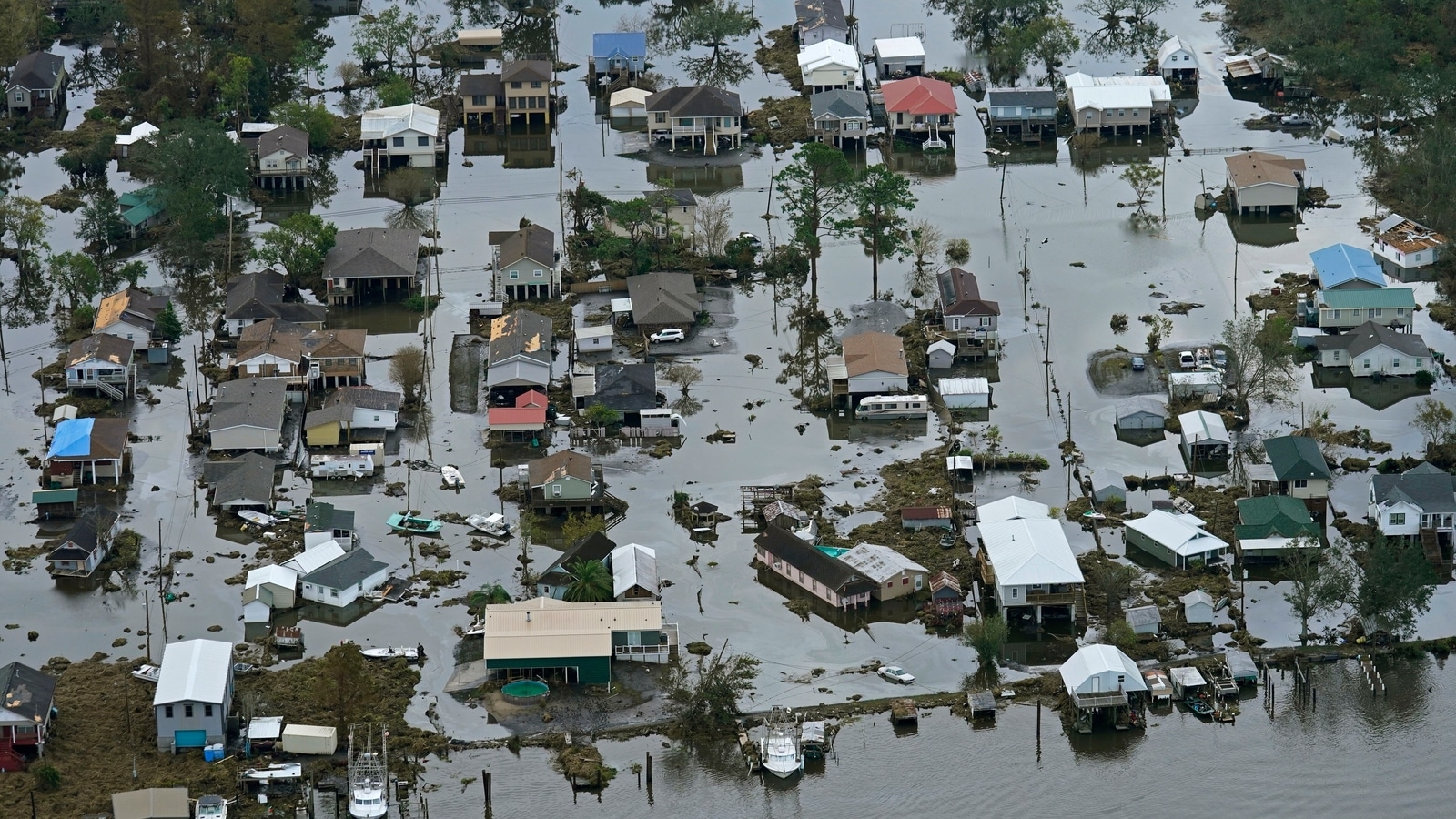
According to weather experts, a weather phenomenon linked to harsher winters is likely to have a significant impact on India’s climate. North India’s temperature could drop to as low as 3 degrees Celsius as a result of La Nina.
Forecasters predict that January and February will be exceptionally chilly, with temperatures recovering after that, according to a Bloomberg report.
It also stated that La Nina looks to have formed throughout the equatorial Pacific. Thereby, potentially causing increasing droughts in California and South America, harsh winters in portions of the United States and Japan. Also, it increased threats to the world’s already stressed energy and food supply.
What exactly is La Nina?
In Spanish, La Nina translates to “Little Girl”. La Nina is also known as El Viejo, or anti-El Nino, according to the National Ocean Service of the National Oceanic and Atmospheric Administration (NOAA), US Department of Commerce.
When the atmosphere reacts to a cooler region of water over the Pacific Ocean, the phenomena begins. For months, signs pointed to the emergence of the pattern, which would be the world’s second El Viejo in a row.
La Nina, like its opponent, El Nino, often peaks in the Northern Hemisphere’s winter, but its effects can have global ramifications.
What happens when La Nina strikes?
NOAA explained that the phenomenon occurs when weather factors interact with trade winds, which are the perennial east-to-west prevailing winds that move in the Earth’s equatorial area.
During normal Pacific Ocean conditions, trade winds transport warm water from South America to Asia. Upwelling occurs when cold water rises from the deep to replace the warm water.
One of the two opposing climate phenomena that disrupt these usual settings is El Viejo.
During Anti-El Nino, there are strong currents
The trade winds are significantly stronger during La Nina, pushing more warm water toward Asia, according to NOAA. Upwelling off the west coast of the Americas increases, as a result, bringing cold, nutrient-rich water to the surface.
The jet stream is being pushed northward by the chilly waters in the Pacific. Anti-El Nino, according to NOAA, could contribute to a more severe hurricane season.
What is the duration of these weather events?
It episodes usually last nine to twelve months, but they can extend for years. On average, such catastrophes happen every two to seven years, although they don’t happen regularly. El Nino tends to happen more frequently than Anti-El Nino.
